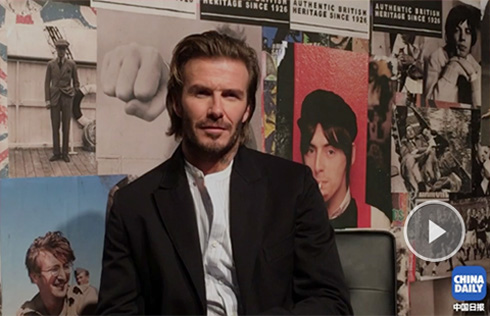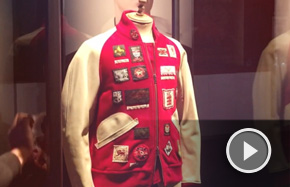Museums show off popularization potential
The Beijing Planetarium opened as the country's only public planetarium in 1957, a month before the Soviet Union launched the first man-made satellite, Sputnik 1.
Thousands of Chinese poured into the planetarium, marking a high point in science popularization.
Enthusiasm was rekindled by the time People's Daily ran a 1994 story entitled: Improving science popularization.
It was the best and worst of times for science museums, as there were 393 in the country but most didn't popularize science. A 1995 study found there were only half a million visits that year and some museums didn't receive a single patron.
The latest China Association of Science and Technology (CAST) survey reports 273 buildings and sites are considered science and technology museums. There are 134 county-level, 93 prefecture-level and 46 provincial-level ones.
But only 30 percent meet the national standard for science popularization, so most - especially at the county level - are science museums in name only.
Qin Ruiqiang's Zhengding Science Museum is the only county-level museum that meets the national standard.
The United States has the most developed science museum system. Its 150 nature and science museums are visited 50 million times per year, and an average one out of 4.5 people in the US visit science museums annually. In China, the ratio is 1:135.
"Science museums are called the 'fifth media' of science popularization," Chinese Academy of Sciences professor Li Daguang says.
"A science museum should have the basic functions of collection, research and exhibition, whether it's a theme or multidisciplinary establishment."
Many locales in the country have been racing to build science museums. But few know how to run them once construction finishes.
"Science museum management requires a comprehensive understanding of museology, which requires specialization in many fields, such as science and art history, social psychology and communication, design and exhibition setup, and audio and video production," Li says.
"Most science museums in the US and other developed countries are founded by the private sector - that is, by individuals, scholars, NGOs and enterprises. The government only plays a role in approving and planning the project, and offering related services, like transportation and favorable tax policies."
The government provides funding only in special circumstances, Li says.
"But science museums should strictly adhere to the business of public welfare and profit should only go back to the museum," he says.
"In China, most science museums are directly funded by the government. In the future, the government needs to consider making space for private science museums and support them. Science museums are places to inspire people - especially young people's passion for science and technology, which is crucial to our country's future."






















